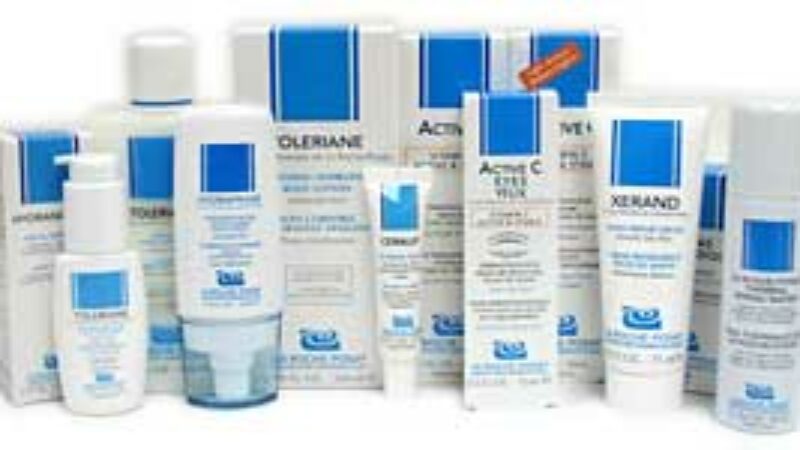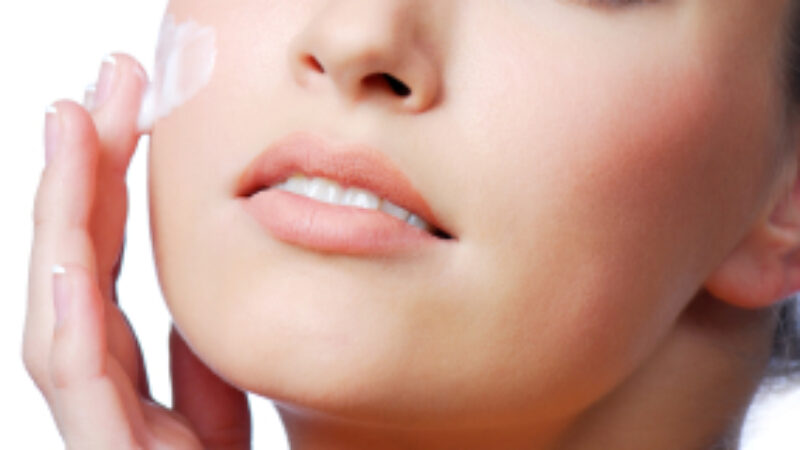You’ve probably heard that much of the damage that our skin sustains over the years can be attributed to the spread of free radicals. Not only can these free radicals cause fine lines and wrinkles, but they can also lead to cellular damage that extends beyond the appearance of the skin. Understanding their nature is important and can help in determining which – if any – cosmetics products are effective for minimizing the damage they cause. In today’s post, I’ll describe the basics of free radicals, including how they occur and how they can affect your skin. Lastly, I’ll offer some tips regarding what you can do to prevent the damage they can cause.
How Free Radicals Work
Free radical damage occurs at a level we can’t see. Every atom in our body consists of electrons, neutrons and electrons. Electrons are found in pairs. When these atoms group together, they form molecules. The atoms and molecules are stable as long as each atom retains both electrons. In the event that an atom loses one of its electrons, as may occur during a chemical reaction, the atom becomes unstable and results in what we call a “free radical.” At this point, the free radical has not caused significant damage. However, lone electrons naturally seek to pair up with other electrons. The only way they can do so is to steal an electron from another atom, thereby making that atom unstable. This process continues forming a chain reaction.
Lone electrons that are looking for a partner are not very discriminate. If they steal an electron from a sugar or fatty acid, there’s little resulting damage. However, if the electron stolen is from a collagen protein, it can cause damage to the skin’s cellular structure. As the free radical chain reaction continues, the collagen begins to break down, resulting in fine lines and wrinkles.
So, what causes the chemical process by which atoms lose an electron and become unstable? There are a number of factors that can cause this including exposure to the sun’s UV rays, pollution and absorption of carbon monoxide. In short, we’re susceptible to this process each day.
What You Can Do
Antioxidants have been known to inhibit the oxidation of molecules and thereby prevent the spread of free radicals. There are many types of antioxidants. Some are produced by our bodies while others are available from a number of food sources. For example, vitamin C can be found within oranges and strawberries while vitamin E is found within nuts and whole grains. Still other antioxidants such as green tea, pomegranate extract, grapeseed oil, to name a few, are increasingly found within cosmetics products as manufacturers rush to offer solutions to the spread of free radicals. Still, most research has been conducted on the efficacy of Vitamins C and E.
Besides maintaining a diet that is rich in antioxidants, you should also be using a sunscreen that offers broad spectrum protection from UVA and UVB rays. Opt for one that contains Mexoryl to protect your skin from the sun and help prevent UV rays from stimulating free radicals. In addition, add an antioxidant containing product such as La Roche Posay Active C or UltimaSkin Alpha Lipoic Acid Serum to help protect against free radical damage generated by day to day living. While aging is inevitable, you can help to slow down the skin’s aging process.


